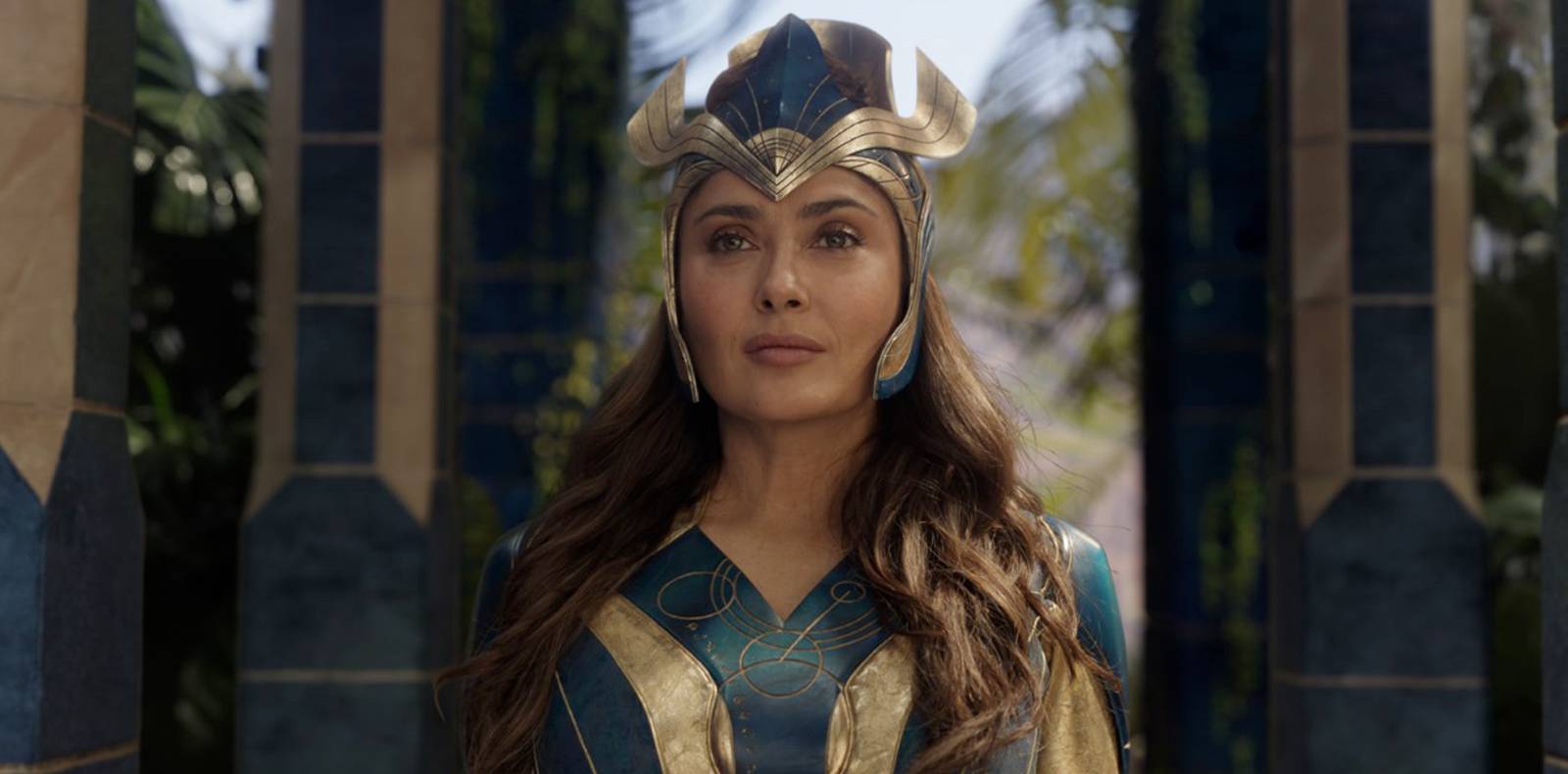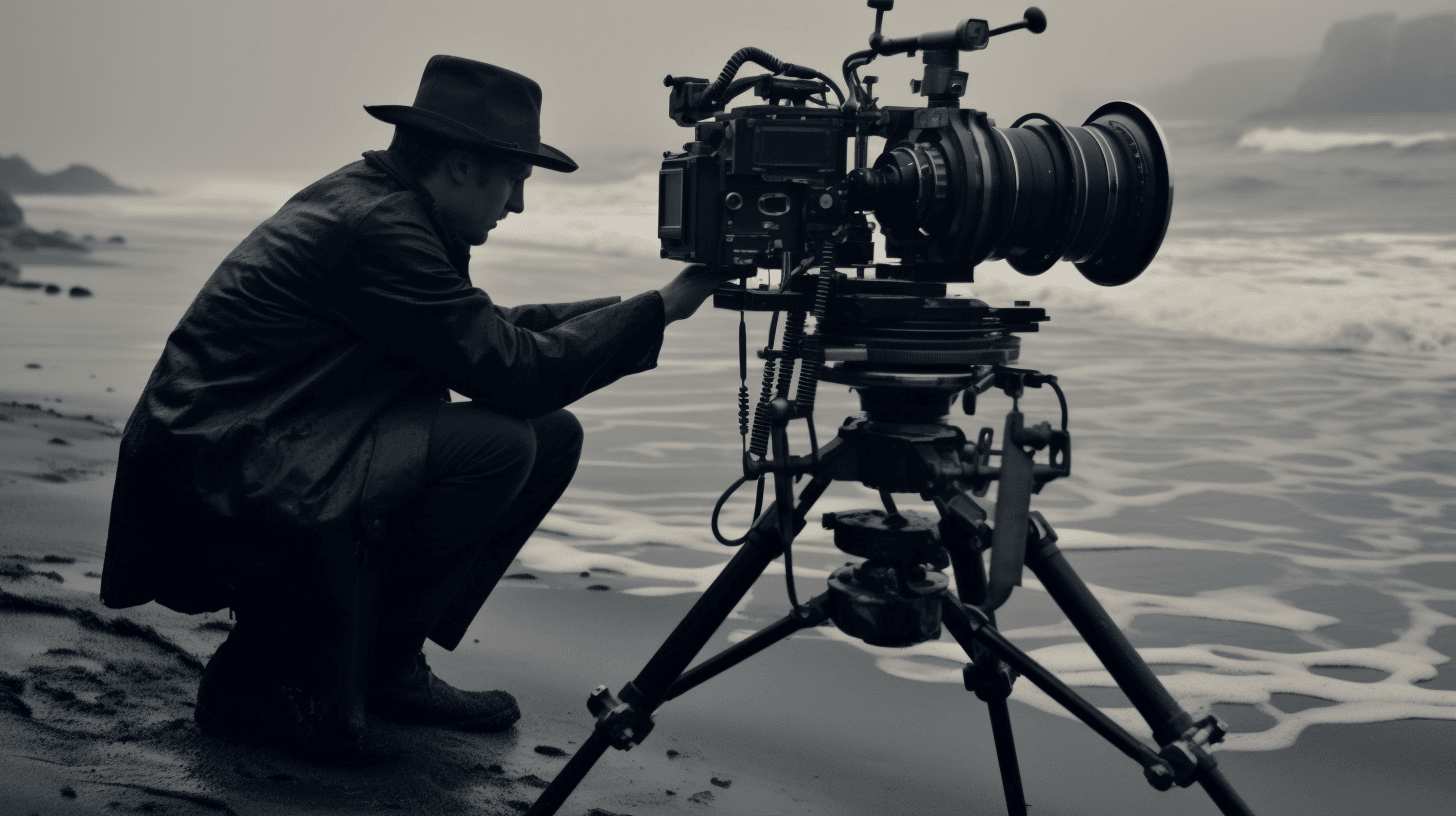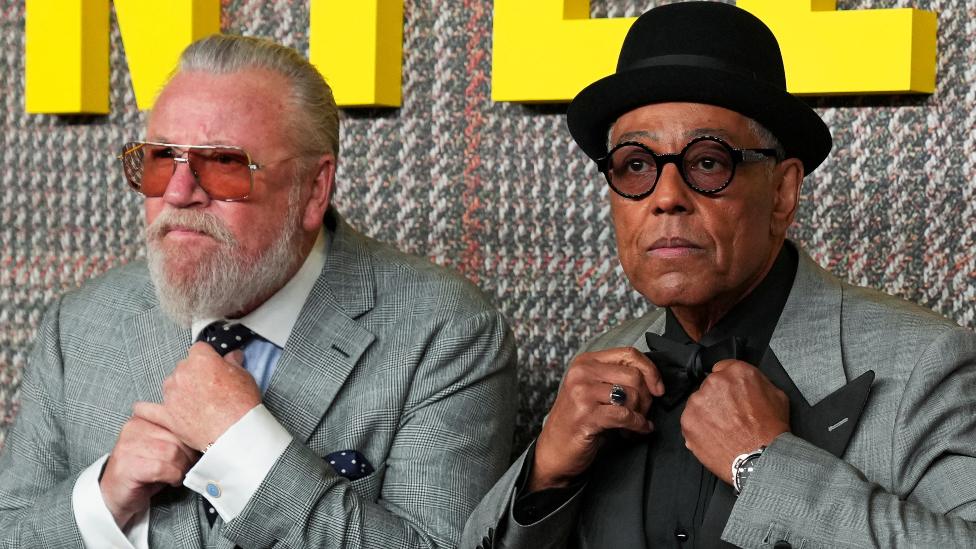Exploring the Evolution of Independent Film Movements
The world of cinema has long been a dynamic canvas for creative expression. Throughout its history, the independent film movement has emerged as a powerful counterpoint to mainstream cinema, pushing boundaries and spurring artistic innovation. These movements have often reflected societal changes, technological advancements, and shifts in cultural sensibilities, carving out a unique space for filmmakers seeking to break away from traditional studio constraints. In this exploration, we delve into the roots, impact, and ongoing evolution of independent film movements.
The Genesis of Independent Cinema
The origins of independent cinema can be traced back to the early 20th century. As the major Hollywood studios began to dominate the industry, the need for artistic freedom and creative control became a rallying cry for aspiring filmmakers. The studio system, with its rigid control over production, distribution, and exhibition, left little room for experimentation and personal storytelling. This tension laid the groundwork for the emergence of independent filmmaking as a rebellious act.
One of the earliest examples of an independent film movement can be seen in the German Expressionism of the 1920s. Filmmakers like Fritz Lang and F.W. Murnau broke away from Hollywood conventions, favoring highly stylized visuals and themes that delved into the psychological and existential. Their innovative work not only influenced filmmakers worldwide but also demonstrated the power of cinema as an art form.
The Rise of Post-War Independents
The aftermath of World War II saw significant shifts in global cinema. In Italy, the neorealist movement emerged as a response to the country's socio-economic struggles. Directors like Vittorio De Sica and Roberto Rossellini used non-professional actors and real locations to depict stories of ordinary people facing extraordinary challenges. This movement offered a raw, unfiltered glimpse into post-war realities, emphasizing authenticity over commercial appeal. Italian Neorealism inspired a generation of directors, impacting narrative styles and techniques in independent films worldwide.
Meanwhile, in the United States, filmmakers like John Cassavetes began to challenge the glossy facades of Hollywood by focusing on gritty, realistic storytelling. Cassavetes’ "Shadows" (1959) is often heralded as a cornerstone of the American independent film movement, characterized by improvisational acting and a focus on personal, character-driven narratives. This period marked a move towards films that reflected authentic human experiences, aided by the advent of more affordable film technology, which lowered the barriers to entry for passionate auteurs.
The New Hollywood: Transforming the Industry
The 1960s and 1970s ushered in a period known as the New Hollywood era, where the lines between independent and mainstream cinema began to blur. Disillusioned with formulaic studio productions, a new wave of directors sought to bring a fresh perspective to American cinema. Filmmakers like Martin Scorsese, Francis Ford Coppola, and Dennis Hopper infused their projects with a personal touch, often tackling controversial subject matter and experimenting with style and narrative.
During this period, films such as "Easy Rider" (1969) and "Taxi Driver" (1976) achieved both critical acclaim and commercial success, proving that independent-minded films could thrive in the mainstream. This era not only catalyzed a seismic shift in the kinds of stories being told but also demonstrated that audiences were hungry for films that resonated on an emotional and intellectual level.
The Modern Independent Film Renaissance
As we moved into the late 20th century, the landscape of independent cinema underwent further transformation, largely driven by technological advancements. The introduction of digital filmmaking made it easier and more cost-effective for filmmakers to create and distribute their work, sparking a renaissance in independent film production. Festivals such as the Sundance Film Festival and Cannes Film Festival became critical platforms for showcasing these films, providing exposure and distribution opportunities that had once been difficult to secure.
The 1990s saw the emergence of directors like Quentin Tarantino and the Coen Brothers, whose films straddled the line between independent innovation and commercial viability. Tarantino's debut film, "Reservoir Dogs" (1992), showed the world that independent cinema could be stylistically bold and wildly entertaining. The Coen Brothers, with films like "Fargo" (1996), demonstrated a unique flair for blending dark humor with crime drama, captivating audiences and critics alike.
The democratization of filmmaking tools continued into the 21st century, allowing a new generation of storytellers to enter the fray. Diverse voices from different backgrounds brought fresh perspectives, enriching the independent film landscape further. The stories told through independent films became more inclusive, diverse, and representative of the myriad experiences that define the human condition.
In the subsequent segments of this article, we will further dissect how independent film movements have continued to mature in the digital age, addressing the challenges and opportunities they face today, and their cultural significance in a fast-evolving entertainment environment. Stay tuned for the unfolding narrative of independent cinema’s complex yet fascinating journey.
The Impact of Technology on Independent Film
The dawn of the digital age brought unprecedented changes to the world of independent film. These technological shifts democratized filmmaking, empowering creators who previously lacked the resources to bring their visions to life. As digital cameras, editing software, and online platforms became more accessible, a new wave of independent filmmakers emerged, eager to tell stories that defied traditional conventions.
One of the most significant technological advancements was digital video. The transition from film to digital not only lowered production costs but also allowed for greater experimentation with style and narrative form. Directors could shoot longer and more complex scenes without the worry of exorbitant film costs. This freedom led to a surge in creativity, as filmmakers could now capture spontaneous moments and explore unconventional storytelling.
The internet also played a transformative role, particularly in the realms of distribution and audience engagement. Platforms such as YouTube, Vimeo, and later Netflix and Amazon Prime offered indie filmmakers unprecedented access to global audiences. This shift was profound: no longer were independent filmmakers reliant solely on film festivals or niche art theaters to find their viewership. Instead, they could connect directly with audiences worldwide, bypassing traditional gatekeepers and marketing their work through social media and online communities.
Film Festivals: The Indie Launchpad
Film festivals have long been a beacon for independent cinema, providing a crucial platform for new voices to emerge. Events like the Sundance Film Festival, founded in 1978, and the Toronto International Film Festival have become key gateways for independent filmmakers. These festivals offer opportunities for exposure, networking, and distribution deals, effectively acting as a launchpad for promising films and filmmakers.
The impact of Sundance, in particular, has been monumental in the indie film scene. Known for its support of groundbreaking cinema, Sundance has propelled numerous independent films into the spotlight. Iconic films such as "Sex, Lies, and Videotape" (1989), which won the Palme d'Or at Cannes as well, marked a turning point, showing that independent films could achieve both critical acclaim and commercial success.
Film festivals not only provide a space for films to be seen but also foster community among filmmakers. Aspiring directors, producers, and writers can engage with peers and industry veterans, exchanging ideas and forming collaborations that can propel careers. This communal aspect of film festivals has helped sustain the independent film movement, encouraging the cross-pollination of ideas and techniques that enrich the industry as a whole.
Diversity and Representation in Independent Film
Recent years have seen a heightened focus on diversity and representation in the realm of independent cinema. Unlike mainstream Hollywood, which has traditionally been slow to diversify, the independent film scene has often been at the forefront of telling stories from varied perspectives. This commitment to inclusivity has resulted in films that address underrepresented communities, pressing social issues, and culturally specific narratives with authenticity and nuance.
Movements like OscarsSoWhite and the rise of social media activism have pushed the conversation on representation forward. Independent filmmakers have responded by engaging with a wider array of voices, both in front of and behind the camera. The result is a more inclusive film landscape that offers a multiplicity of viewpoints and experiences. Films like Barry Jenkins' "Moonlight" (2016), which won the Academy Award for Best Picture, underscore the power of authentic representation in storytelling and the ability of independent cinema to influence broader cultural conversations.
The Evolving Business Model of Independent Film
The business model of independent cinema has also seen substantial evolution. As traditional revenue streams like theatrical releases and DVD sales have dwindled, indie filmmakers have had to adapt their strategies for funding and distribution. Crowdfunding platforms like Kickstarter and Indiegogo have become essential tools, allowing filmmakers to rally direct support from audiences invested in their projects.
Additionally, strategic partnerships with streaming services have become increasingly important. Platforms such as Netflix, Amazon Prime, and Hulu have invested heavily in original content, providing independent filmmakers with new avenues for distribution and funding. This symbiotic relationship benefits both the filmmakers, who gain access to wider audiences and resources, and the platforms, which enhance their libraries with diverse and compelling stories.
Despite these opportunities, challenges remain. The sheer volume of content available on streaming platforms and online channels can make it difficult for individual projects to stand out. Moreover, the quest for funding continues to be a significant hurdle, requiring filmmakers to be not only creative in their storytelling but also entrepreneurial in their approach to financing and distribution.
The Future of Independent Film
Looking ahead, the future of independent cinema is both promising and uncertain. The ongoing advancements in technology suggest that storytelling will continue to evolve, with virtual reality, augmented reality, and artificial intelligence offering exciting new possibilities. These innovations could transform how stories are told and experienced, paving the way for even more immersive and interactive forms of cinema.
Furthermore, global connectivity ensures that independent voices from obscure corners of the world can find an audience. As cultural barriers continue to break down, independent films with universal themes and local nuances will likely resonate across borders, enhancing cross-cultural understanding and appreciation.
However, the independent film movement must navigate a rapidly changing landscape, where consumer media consumption habits are continuously evolving. As audiences become more discerning and their attention spans more limited, the challenge will be to maintain the authenticity and innovation that define independent cinema, while adapting to new expectations and platforms.
In the next segment of this article, we will explore the role of independent cinema in today's global world, its influence on mainstream Hollywood, and profiles of key figures shaping the movement today. Stay with us as we continue to unravel the intricate tapestry of contemporary independent film.
The Global Influence of Independent Cinema
Independent cinema is no longer confined to the borders of any particular country; it is a truly global phenomenon. Filmmakers from across the world contribute to this rich tapestry of storytelling, with each region offering its unique cultural perspectives and aesthetic sensibilities. As global connectivity increases, audiences are becoming more receptive to international cinema, expanding the reach and influence of independent films worldwide.
The success of films like "Parasite" (2019) by Bong Joon-ho, which became the first non-English language film to win the Best Picture Oscar, underscores the growing global appeal of independent films. South Korean cinema, with its thought-provoking narratives and innovative filmmaking, has become a dominant force in the international independent film scene. Similarly, filmmakers from countries such as Iran, India, and Mexico have gained recognition for their compelling stories that explore complex themes with cultural specificity.
This global exchange of ideas has enriched the world of independent film, fostering a diversity of voices that challenge conventional narratives and introduce audiences to different ways of life. Streaming platforms have played a significant role in this process, making it easier for viewers to access foreign films that might otherwise remain undiscovered.
Independent Film's Influence on Mainstream Hollywood
The relationship between independent cinema and Hollywood is complex and mutually influential. On one hand, indie films have traditionally served as an incubator for fresh talent and innovative storytelling techniques that Hollywood eventually adopts. Many acclaimed directors, actors, and writers got their start in indie films before making the leap to larger mainstream projects. Their transition often infuses Hollywood with newfound creativity and narrative depth.
On the other hand, the increasing crossover appeal of independent films has compelled Hollywood studios to embrace more unconventional storytelling. Recognizing the audience's appetite for originality and authenticity, major studios and distributors have begun to back projects with indie sensibilities. This blurring of lines has led to a new category of films sometimes dubbed "indie blockbusters"—movies that carry the ethos of independence but achieve mainstream success.
Films like "Get Out" (2017), directed by Jordan Peele, exemplify this crossover success. Peele's debut feature, which blends horror with social commentary, resonated with critics and audiences alike, earning multiple Academy Award nominations and cementing itself as a landmark of modern genre filmmaking. Such films highlight the power of independent cinema's influence, proving that audiences are hungry for stories that push boundaries and provoke thought.
Profiles of Key Figures Shaping the Movement Today
Several key figures continue to shape and define the independent film landscape today. These directors, producers, and innovators challenge norms and champion the spirit of creative independence, ensuring the movement remains vibrant and forward-thinking.
Ava DuVernay is a formidable force in modern independent cinema. Known for her work on films like "Selma" (2014) and the documentary "13th" (2016), DuVernay uses her platform to advocate for inclusion and diversity, both in front of and behind the camera. Her company, Array, is dedicated to amplifying the voices of women and people of color, providing essential resources and support for marginalized filmmakers.
Barry Jenkins has also emerged as a potent voice in contemporary indie film. After gaining widespread acclaim for "Moonlight" (2016), Jenkins continues to explore complex themes of identity and belonging. His commitment to nuanced storytelling and his ability to capture the subtleties of human emotion have made him a beacon of authenticity in the industry.
Lastly, the work of Greta Gerwig, with films like "Lady Bird" (2017) and "Little Women" (2019), has highlighted the potential of indie films to tackle universal themes with a distinct personal touch. Gerwig's films resonate for their witty dialogue, layered characters, and astute observations on family and society. These key figures, among many others, continue to inspire a new generation of filmmakers, propelling the movement forward.
The Enduring Legacy of Independent Film Movements
As we reflect on the evolution and impact of independent film movements, their enduring legacy becomes clear. Beyond their cinematic contributions, these movements have altered the very fabric of the film industry by championing diversity, authenticity, and innovation. They remind us that the power of storytelling lies in its ability to transcend boundaries and connect us to the shared tapestry of human experience.
The trajectory of independent film is a testament to the resilience and adaptability of filmmakers who strive to share their unique visions with the world. Despite challenges posed by a rapidly changing industry, the indomitable spirit of independent cinema continues to thrive, offering fresh perspectives and challenging the status quo.
In conclusion, the evolution of independent film movements is a story of transformation, resilience, and boundless creativity. These movements have not only enriched the cinematic landscape but have also left an indelible mark on culture and society as a whole. As technology advances and the global landscape continues to shift, the future of independent cinema promises to be just as vibrant, diverse, and meaningful as its storied past.























Comments